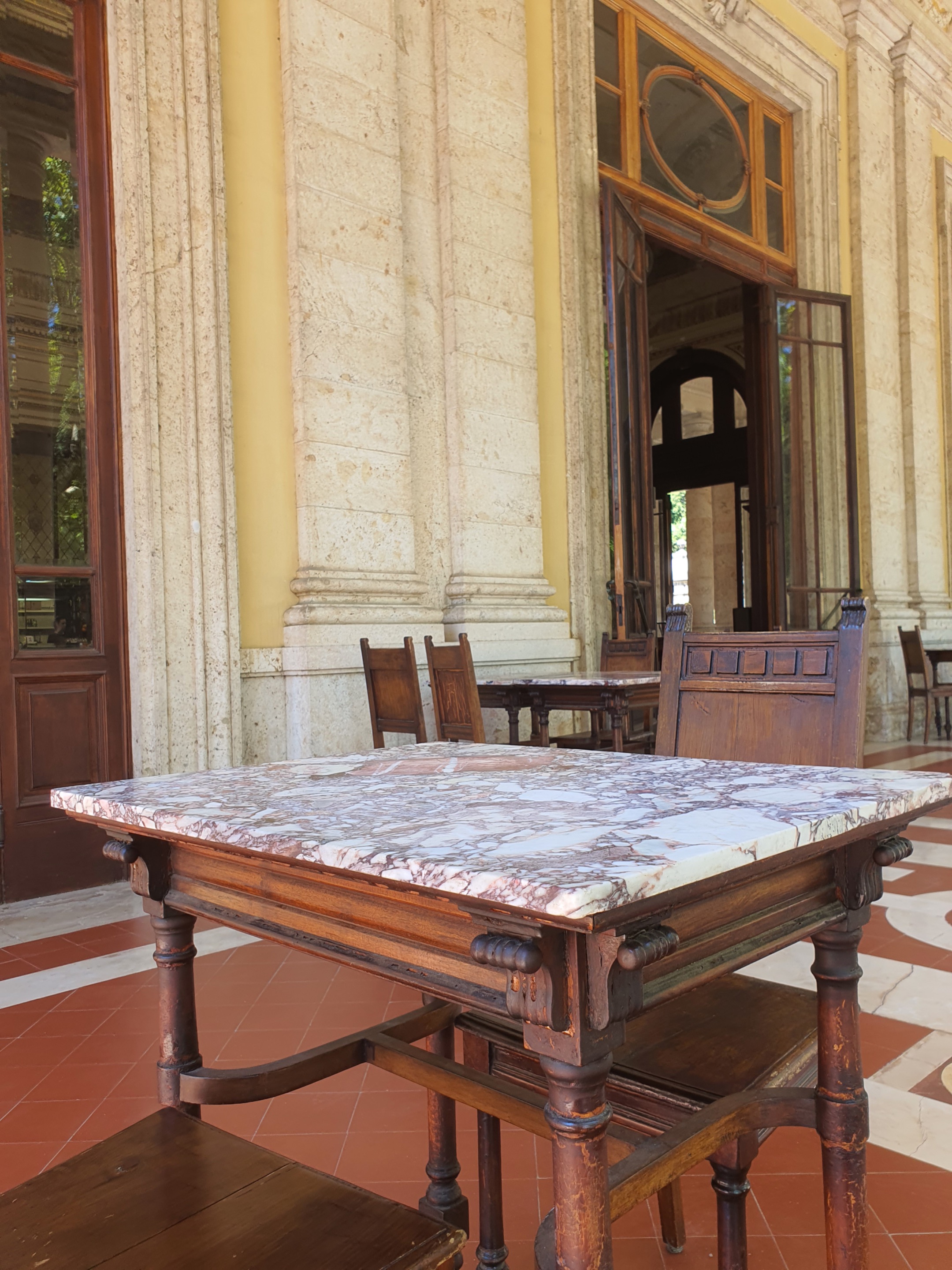ENG/ITA
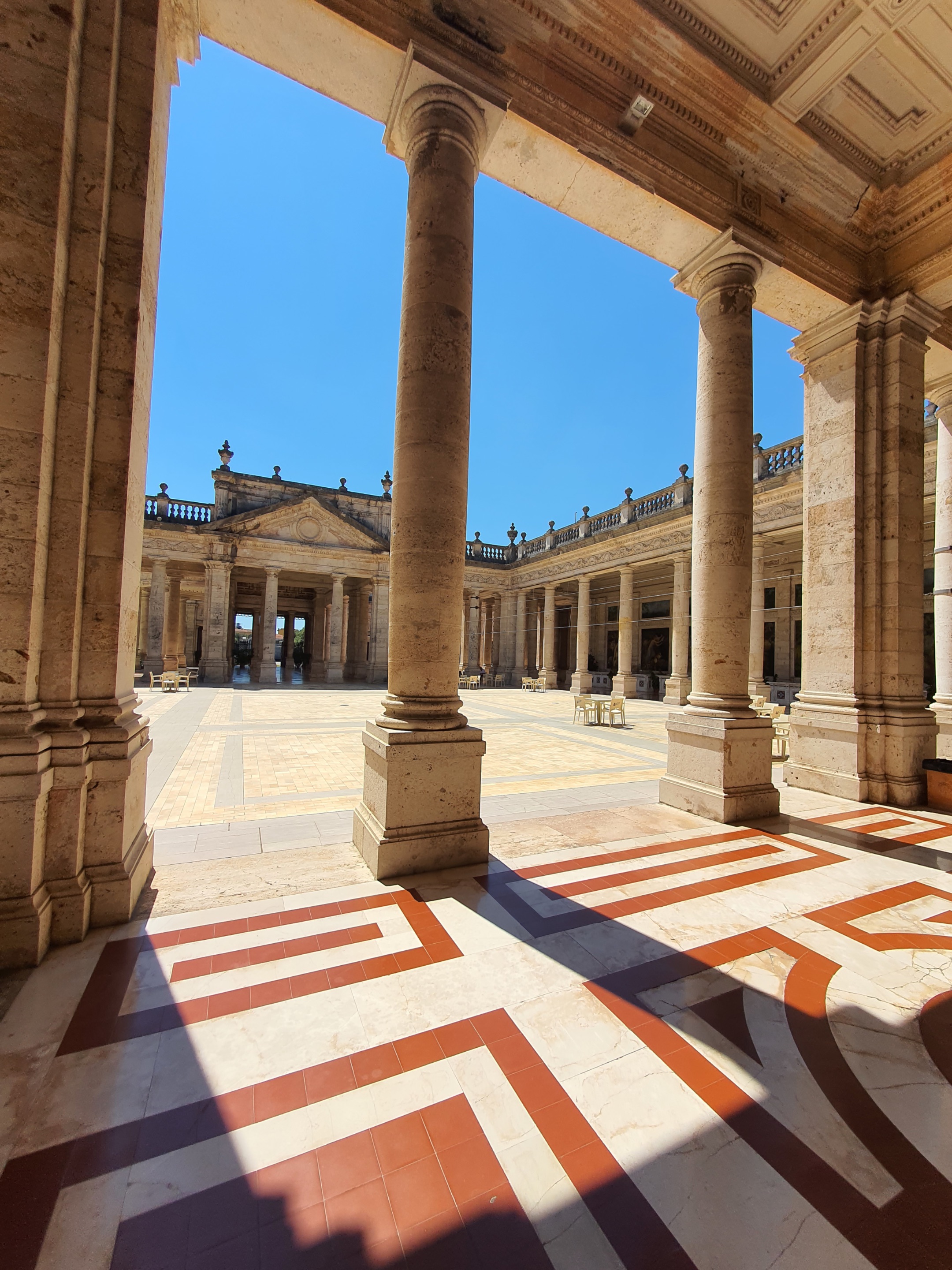
Hello Hive friends,
Today I want to take you with me on my journey to discover a new region of Italy: Tuscany.
I’ve already told you in previous posts about some Tuscan cities, like Florence and its
wonderful Uffizi Gallery, or the magnificent Abbey of San Galgano (you can find all the
articles on my blog if you’re interested). In this post, however, I want to tell you about two
special cities: Pistoia and Montecatini Terme.
Are you ready to join me in discovering these wonders?
Ciao amici di Hive,
Oggi voglio portarvi con me nel mio viaggio alla scoperta di una nuova regione d'Italia, la
Toscana. Vi ho già parlato nei post precedenti di alcune città della Toscana, come Firenze e i
suoi meravigliosi Uffizi, oppure della magnifica Abbazia di San Galgano ( nel mio blog
trovate tutti gli articoli se vi può interessare). In questo post voglio invece parlarvi di due città
speciali, Pistoia e Montecatini Terme.
Siete pronti a venire con me alla scoperta di queste meraviglie?
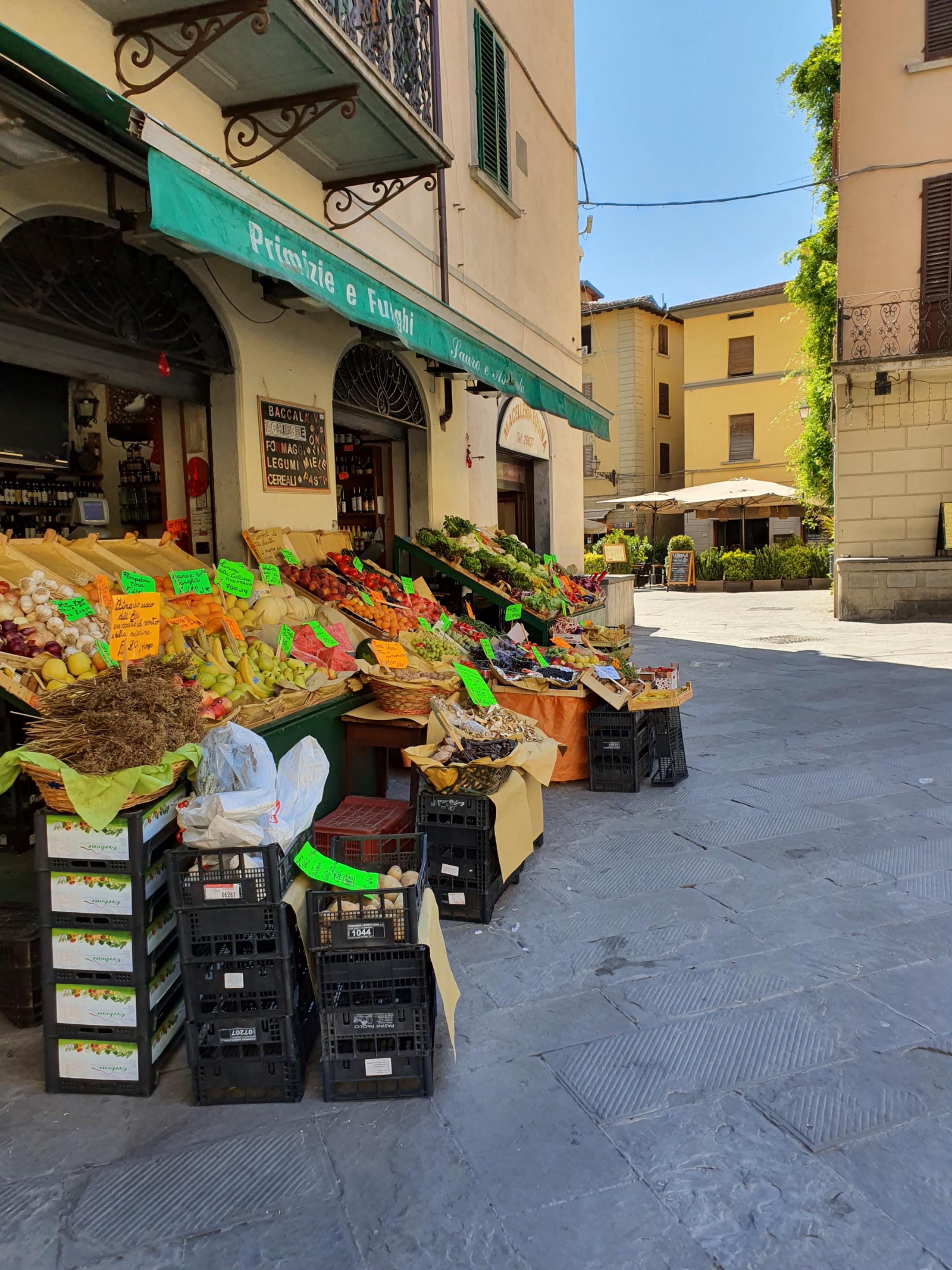
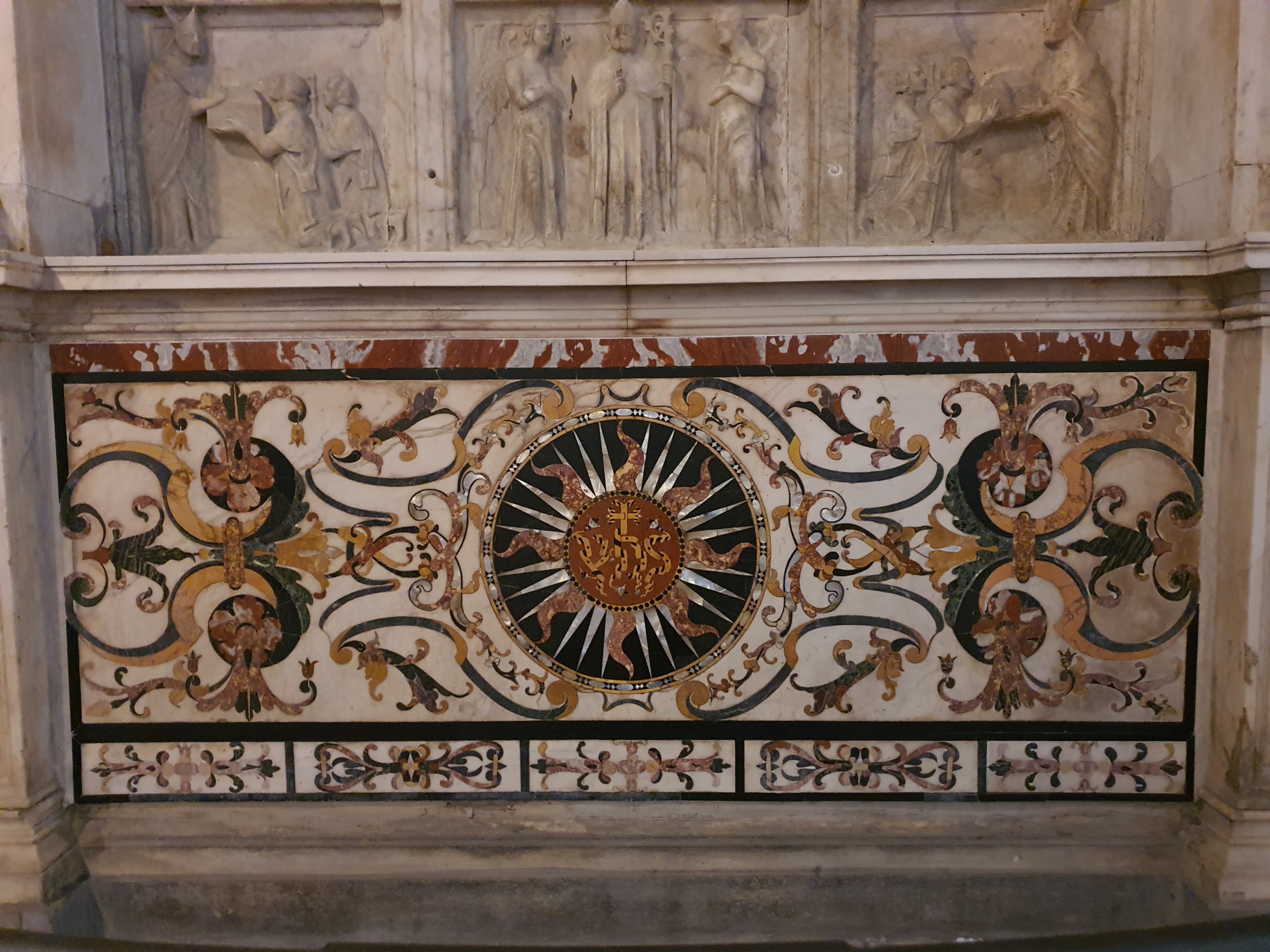
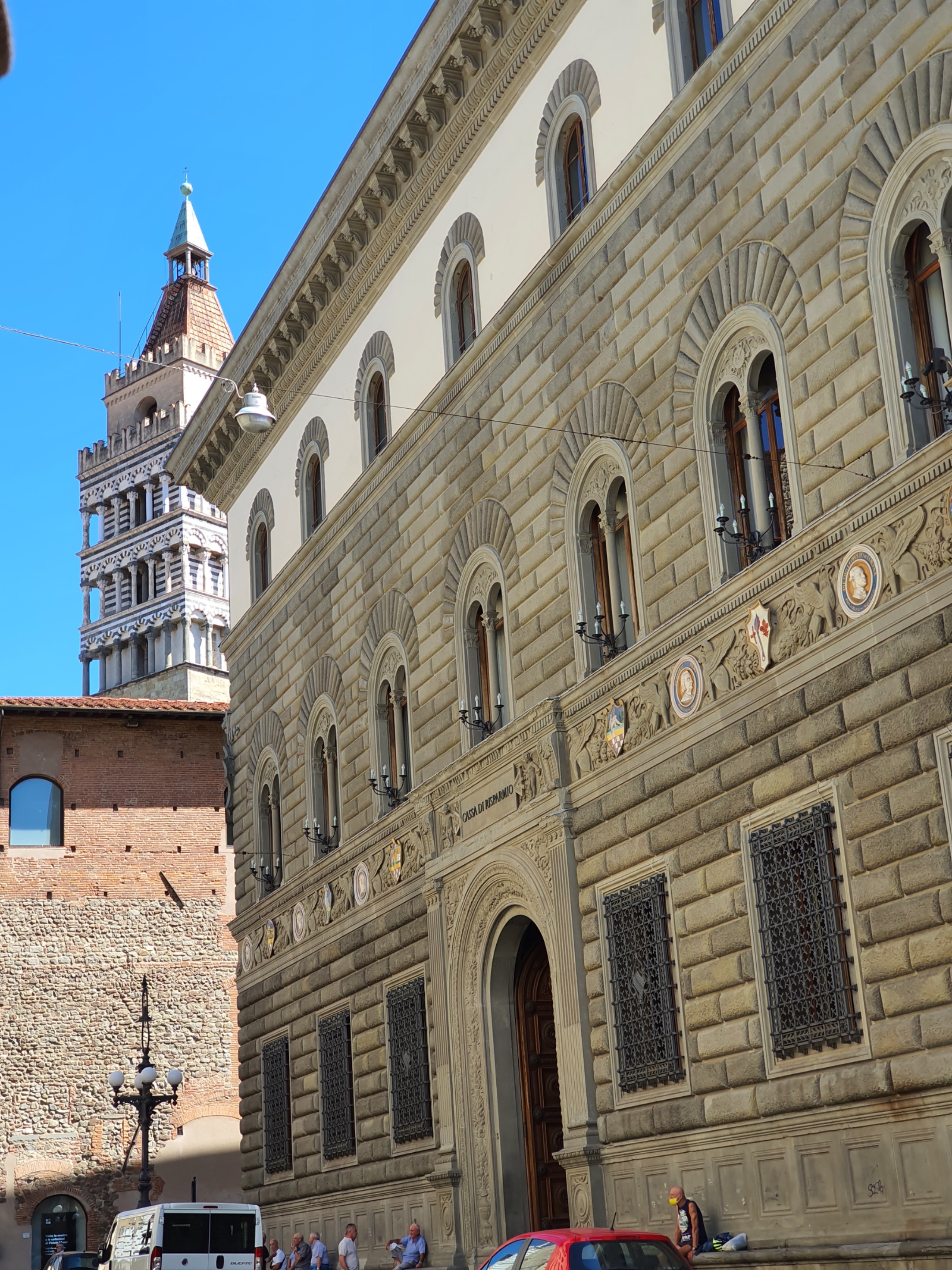

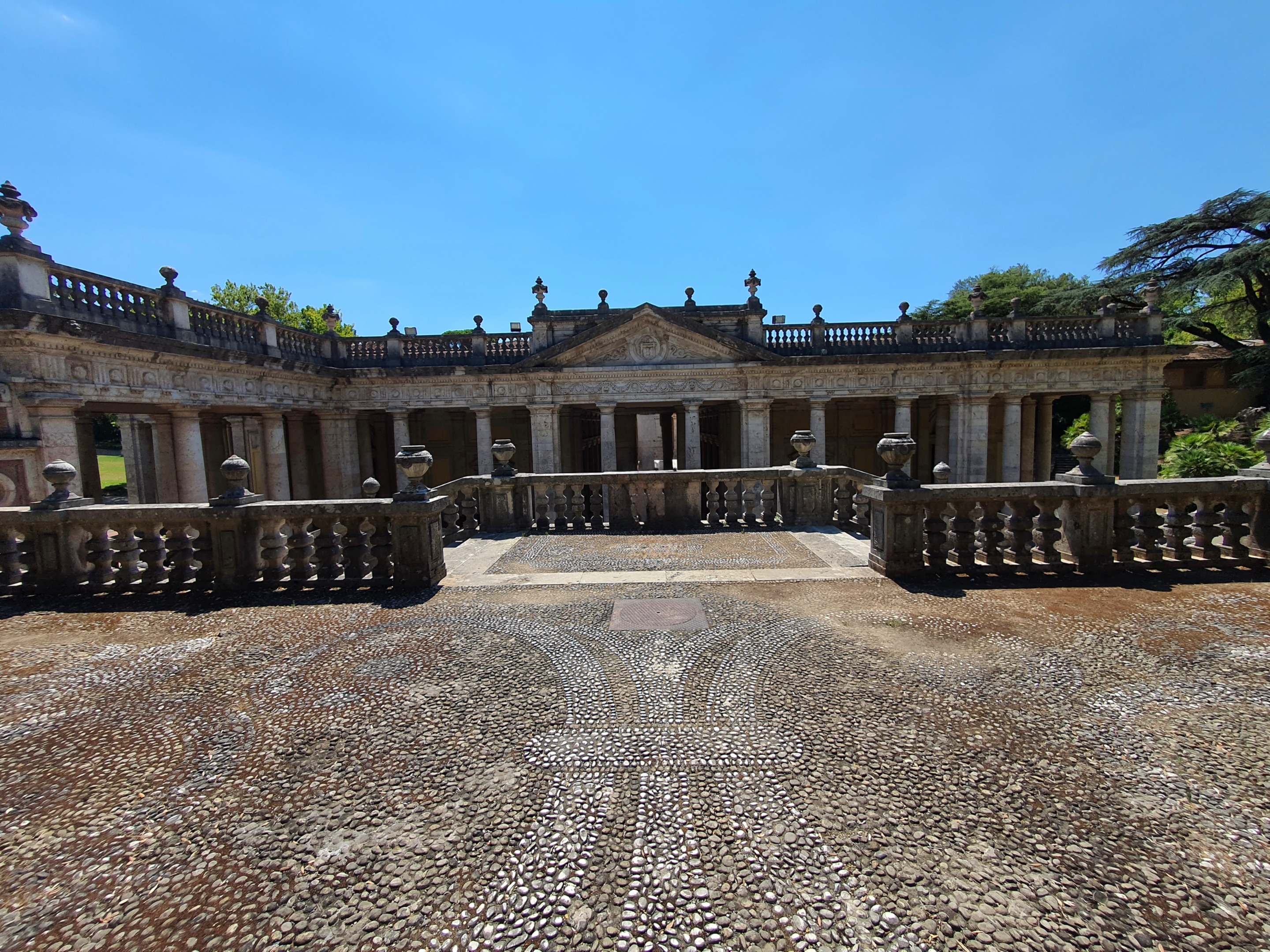
PISTOIA
History:
Pistoia is a city in Tuscany with Roman origins, like many other Italian cities, although the
region was also a center of Etruscan culture, from which the Romans drew a lot of
inspiration.
It became an important center during the Middle Ages, but its peak was during the
Renaissance, a period marked by a return to classical beauty.
The heart of the city is, of course, the Piazza del Duomo with its magnificent Cathedral.
But that’s not all: the city center is also one of the best-preserved examples of medieval
architecture, featuring the Episcopal Palace and the Baptistery of San Giovanni. The latter is
very reminiscent of the famous Baptistery in Piazza del Duomo in Florence.
La storia :
Pistoia è appunto una città della Toscana, ha origini romane, come gran parte delle città
Italiane, nonostante la regione sia stata bacino della cultura etrusca, da cui i romani hanno
tratto molto.
Diventa un importante centro anche in epoca medievale, ma il culmine lo vede con il
rinascimento, epoca di ritorno alla bellezza classica.
Il cuore della città è ovviamente la piazza del Duomo con la sua meravigliosa Cattedrale.
Ma non solo, infatti il centro è uno dei migliori resti di architettura medievale, con il Palazzo
Vescovile e il Battistero di Giovanni. Quest'ultimo ricorda molto l'omonimo Battistero che si
trova in piazza Duomo a Firenze.
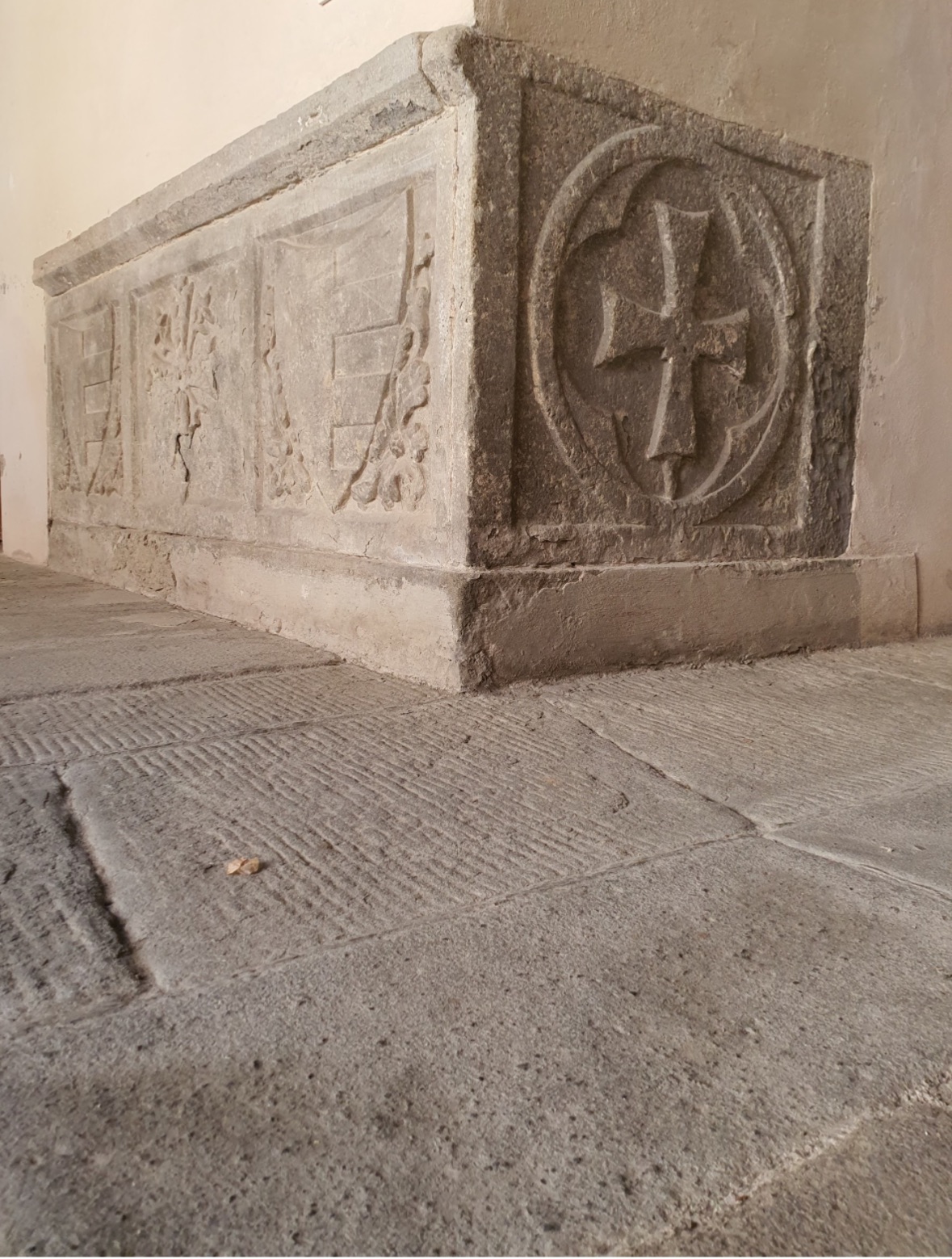

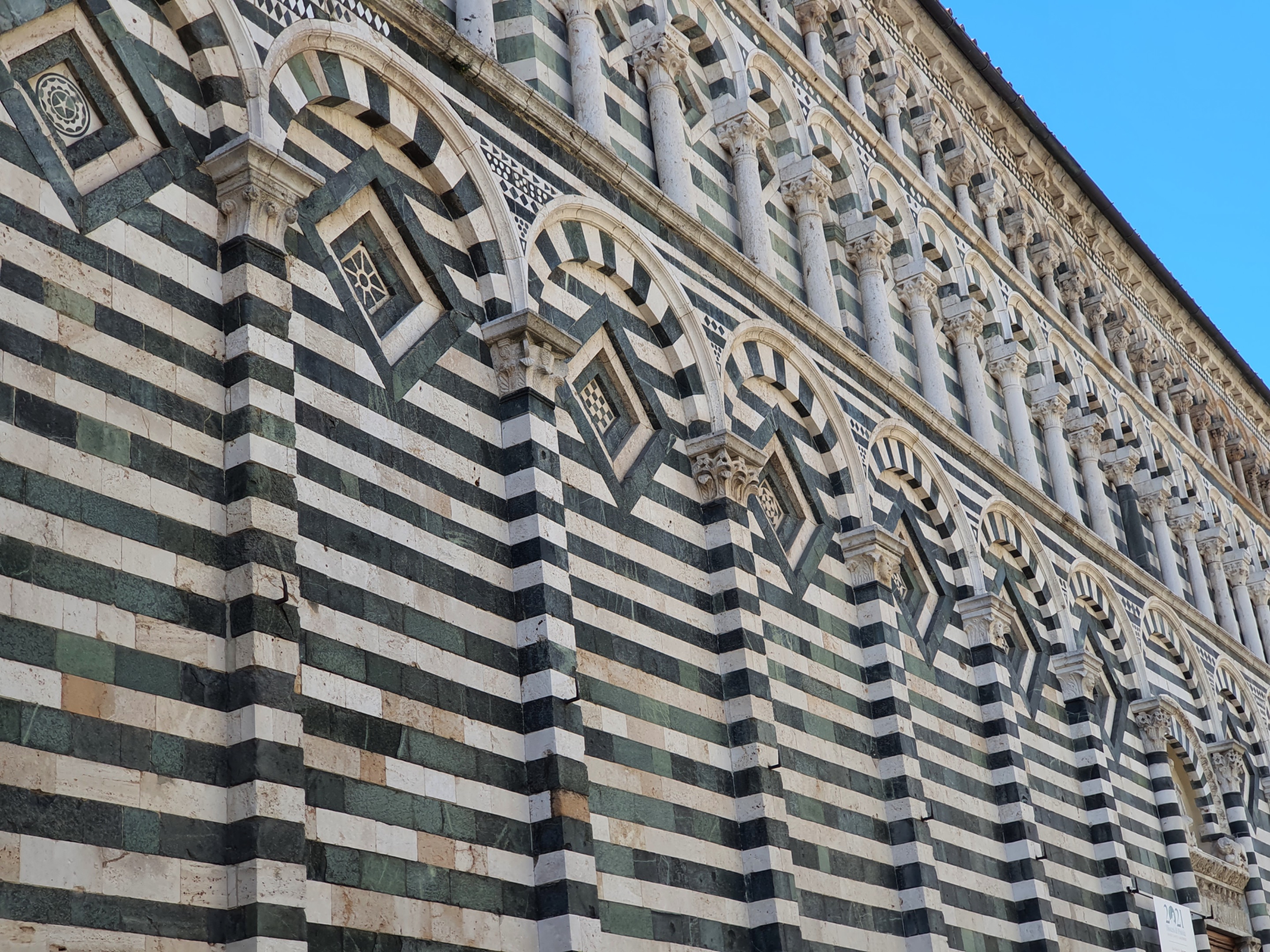
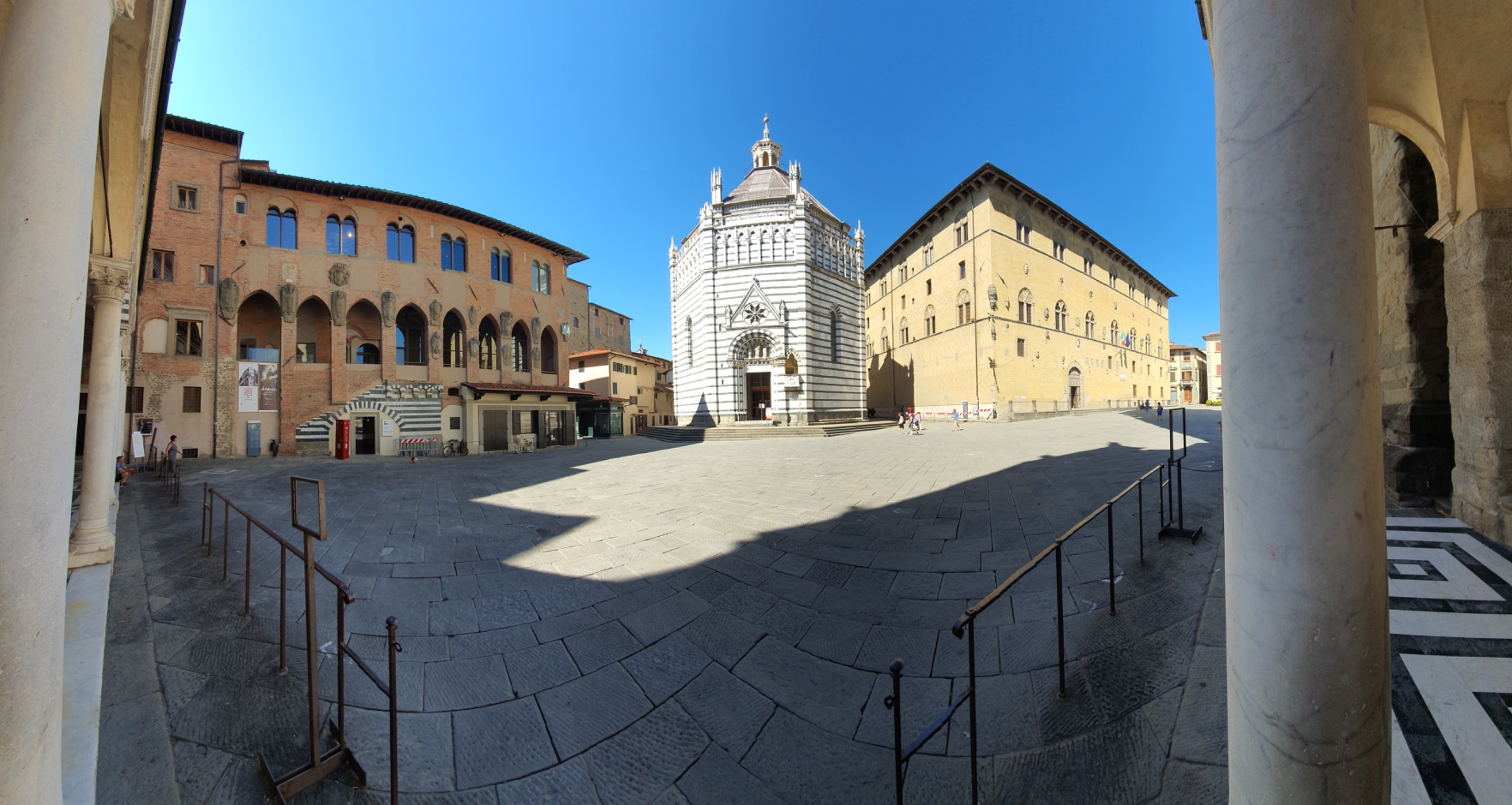
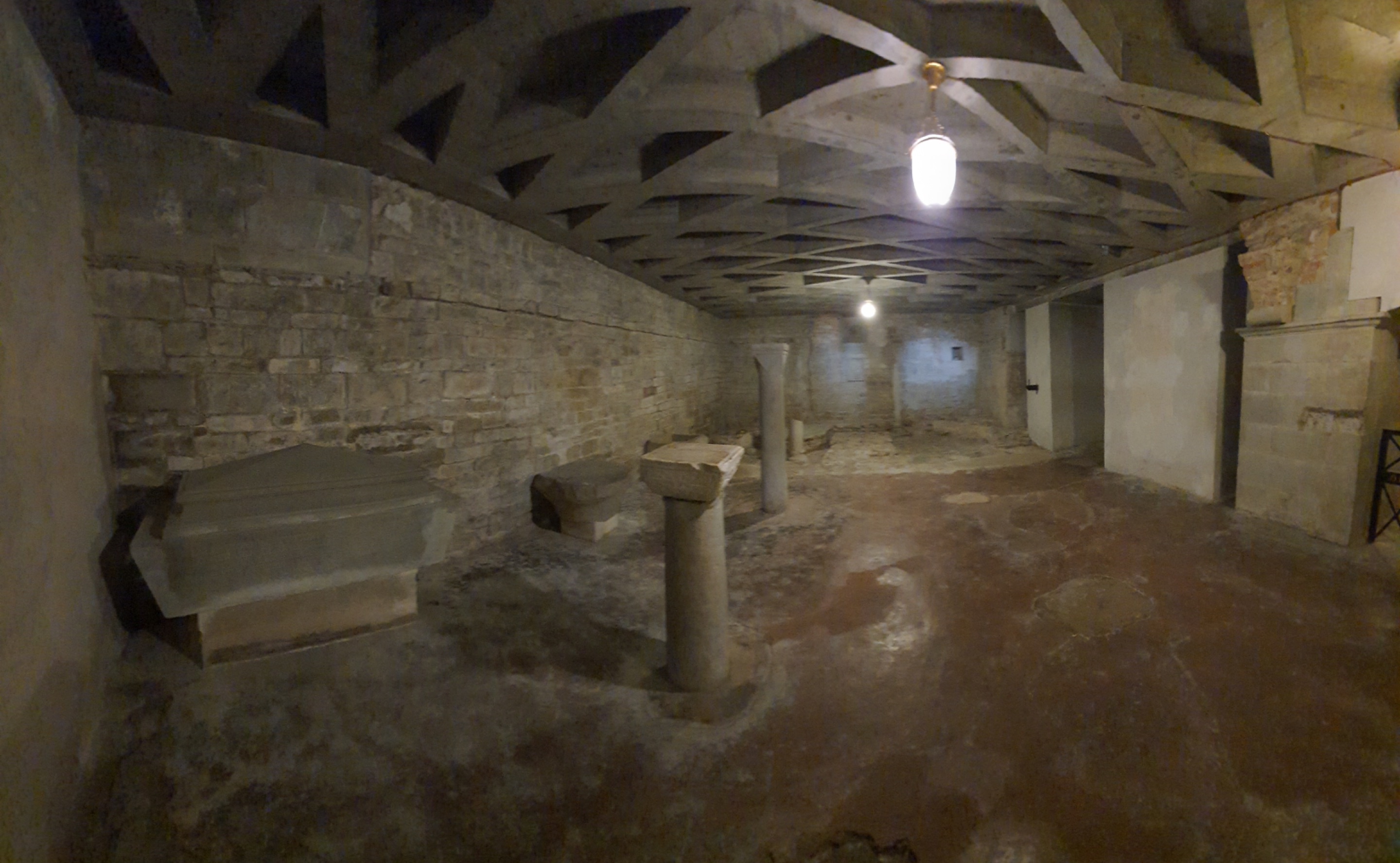
Beyond this place, which feels like a step back in time, even the streets of the city seem to
bring back memories of medieval civilization, from the architecture to the craftsmanship.
It is certainly a beautiful example of culture and tradition carried forward through the ages.
Along the streets, you can also see a bronze sculptural group located in Piazza
dell'Ortaggio, created by the artist Roberto Barni. The artwork is called “Giro del Sole” and
depicts three blindfolded men walking in different directions.
We then continued strolling through the city, admiring its beauty in all its splendor.
Oltre a questo luogo in cui sembra di tornare indietro nel tempo, anche nelle vie della città
sembrano riaffiorare i ricordi della civiltà medievale, dall'architettura all'artigianato.
E' sicuramente un bell'esempio di cultura e tradizione che viene portata avanti nel tempo.
Per le vie è possibile vedere anche il gruppo scultoreo in bronzo, si trova in piazza
dell'Ortaggio ed è stata fatta dall'artista Roberto Barni, l'opera si intitola “ Giro del Sole” e
raffigura tre uomini bendati che vanno in direzioni diverse.
Abbiamo poi camminato per la città ammirandola in tutta la sua bellezza.
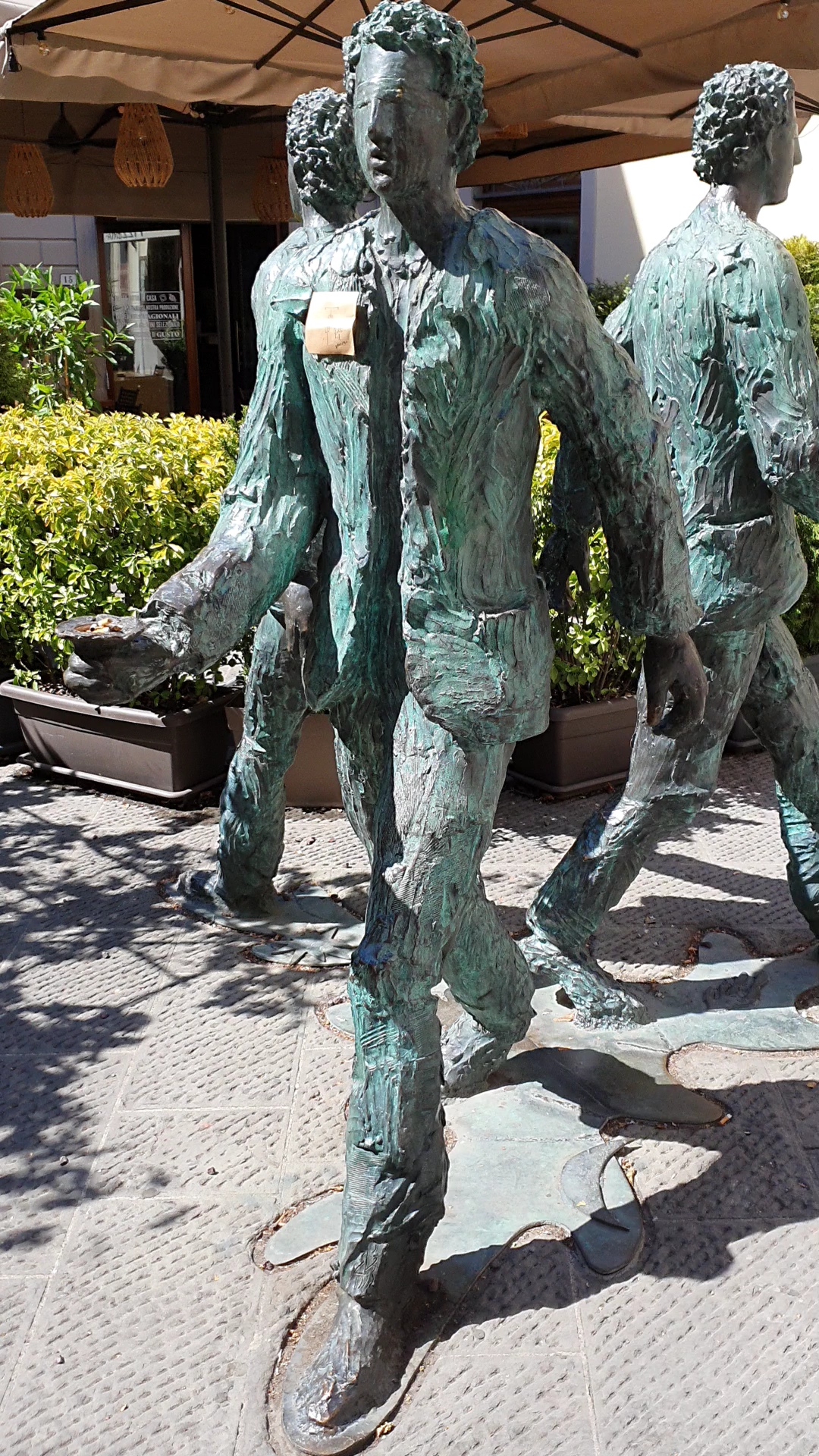
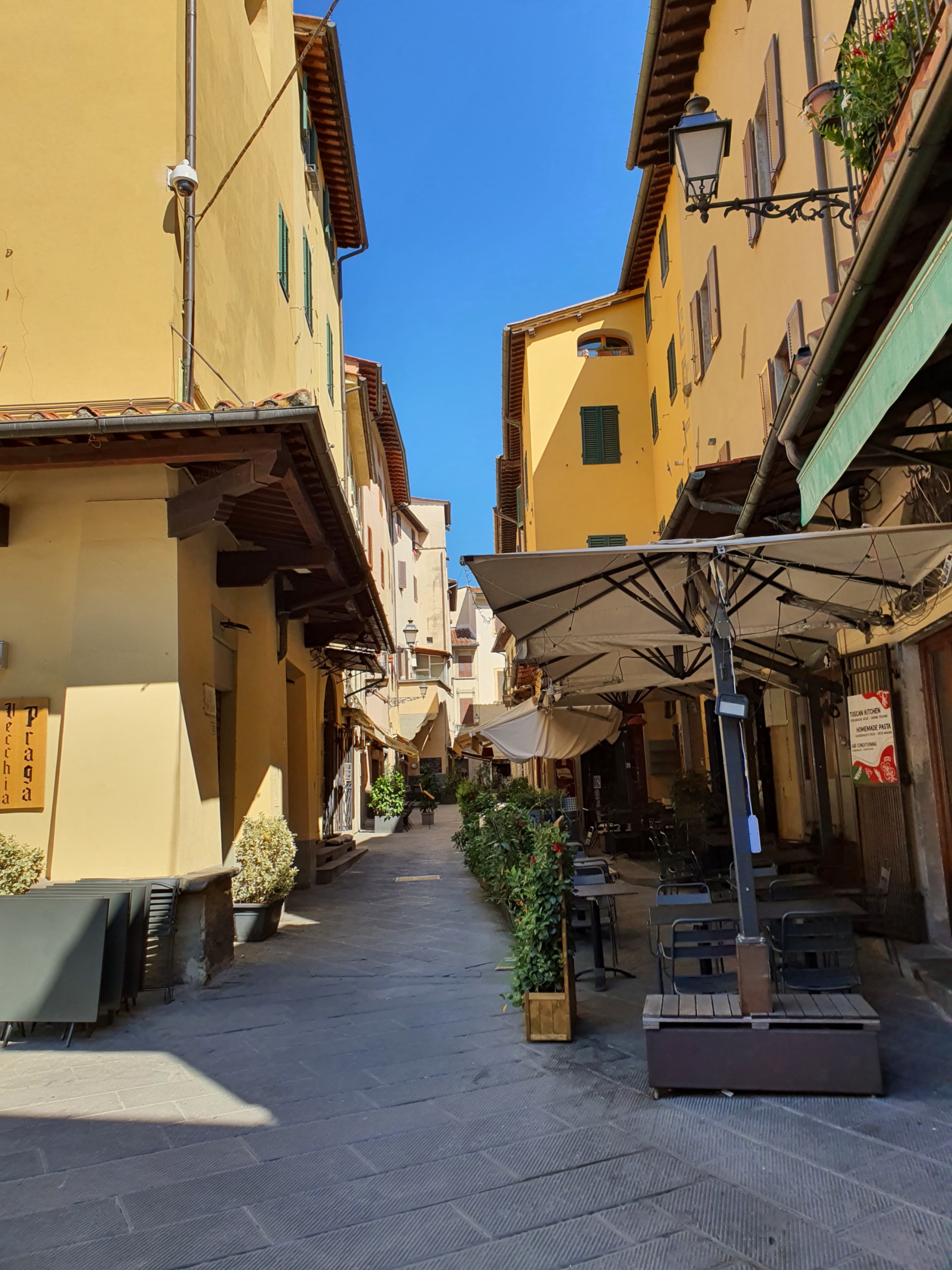



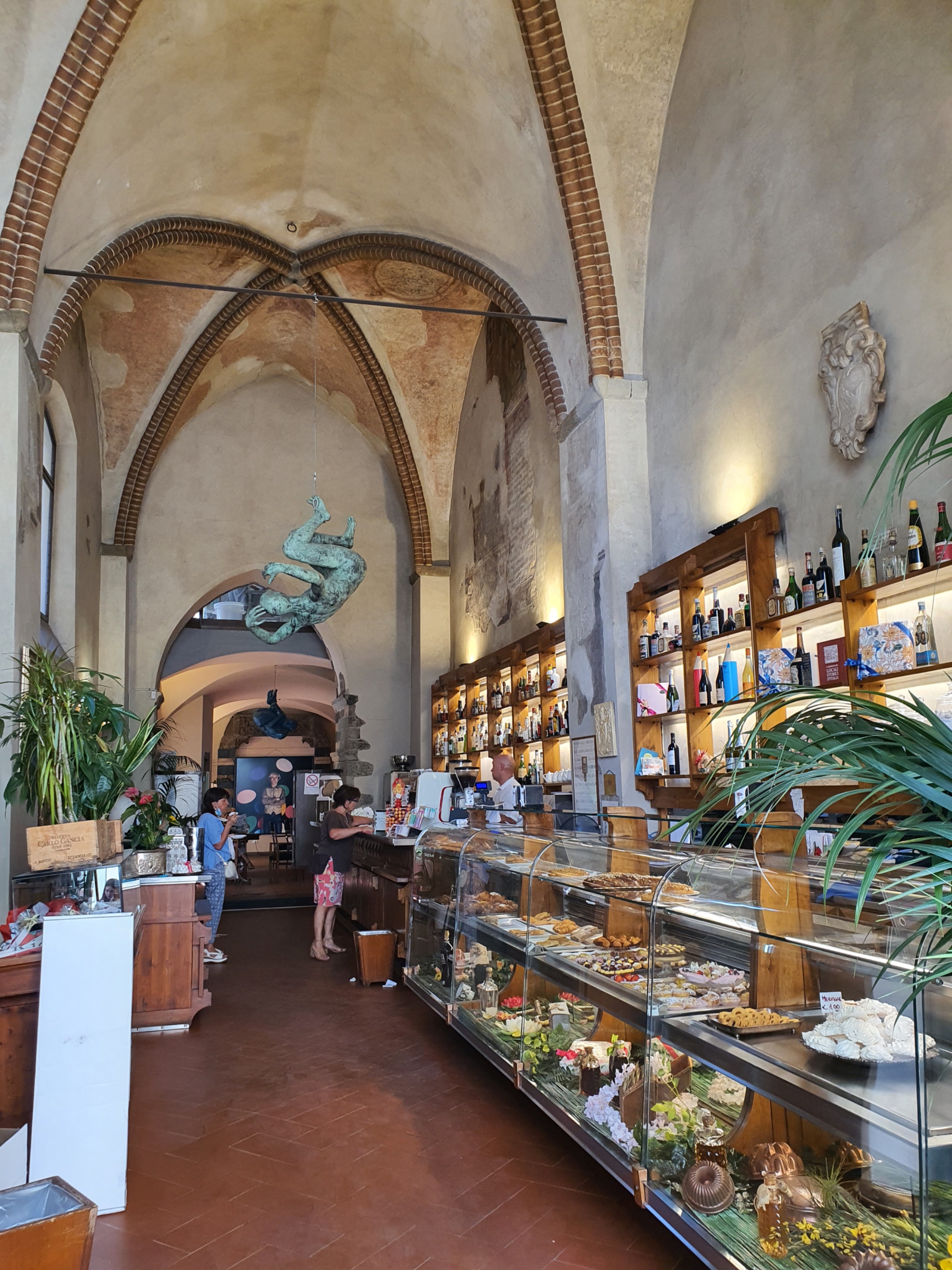

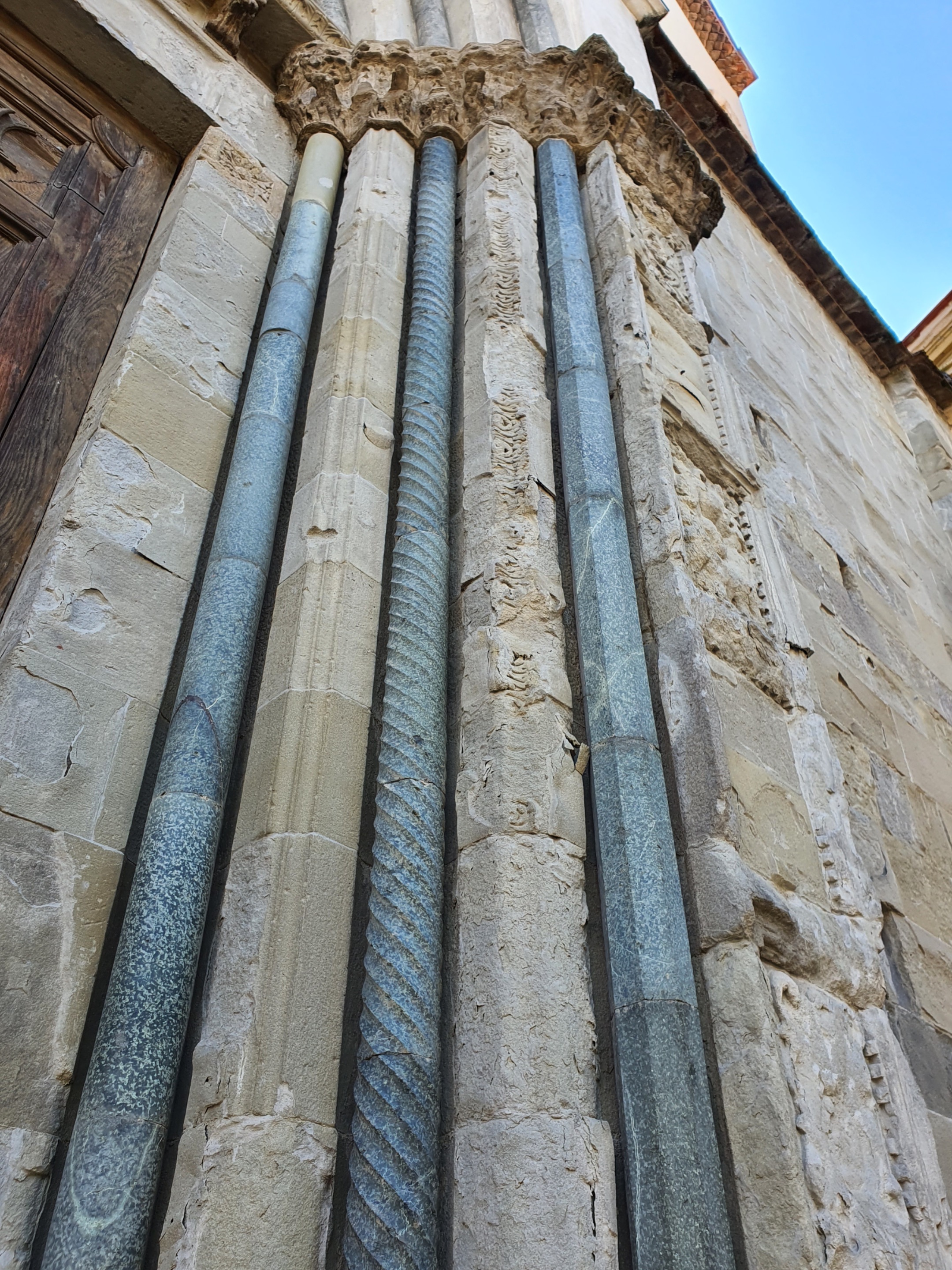
TERME DI MONTECATINI

After a short break, we headed to Montecatini Terme to visit the thermal center, from Pistoia it’s about 20 minute drive. The building
is huge, with an easily recognizable Art Nouveau style.
We are inside the Tettuccio establishment, located in Montecatini. The structure was built
around the 14th century and took its name from the protective structure that was constructed
above one of the pools.
The architect was Gasparo Maria Paoletti, who drew inspiration from the ancient Roman
baths for the construction of the current building. By combining classical and Art Nouveau
styles, the desired result was achieved. It is a magnificent complex, rich not only
architecturally but also naturally, thanks to the presence of numerous gardens.
Dopo una breve pausa, ci siamo diretti a Montecatini terme per visitare il centro termale, da Pistoia sono circa 20 minuti in auto.
L'edificio è grandissimo con uno stile liberty facilmente riconoscibile.
Siamo all'interno dello stabilimento Tettuccio, che si trova a Montecatini. La struttura fu
costruita intorno al XIV sec. E prese il nome dalla struttura riparatoria che venne fatta sopra
una delle vasche.
L'architetto fu Gasparo Maria Paoletti che si rifece alle antiche terme romane per la
costruzione del presente edificio. Combinando lo stile classico con quello liberty il risultato
ottenuto è stato quello desiderato. Un meraviglioso complesso ricco dal punto di vista
architettonico ma anche naturale per la presenza dei numerosi giardini.
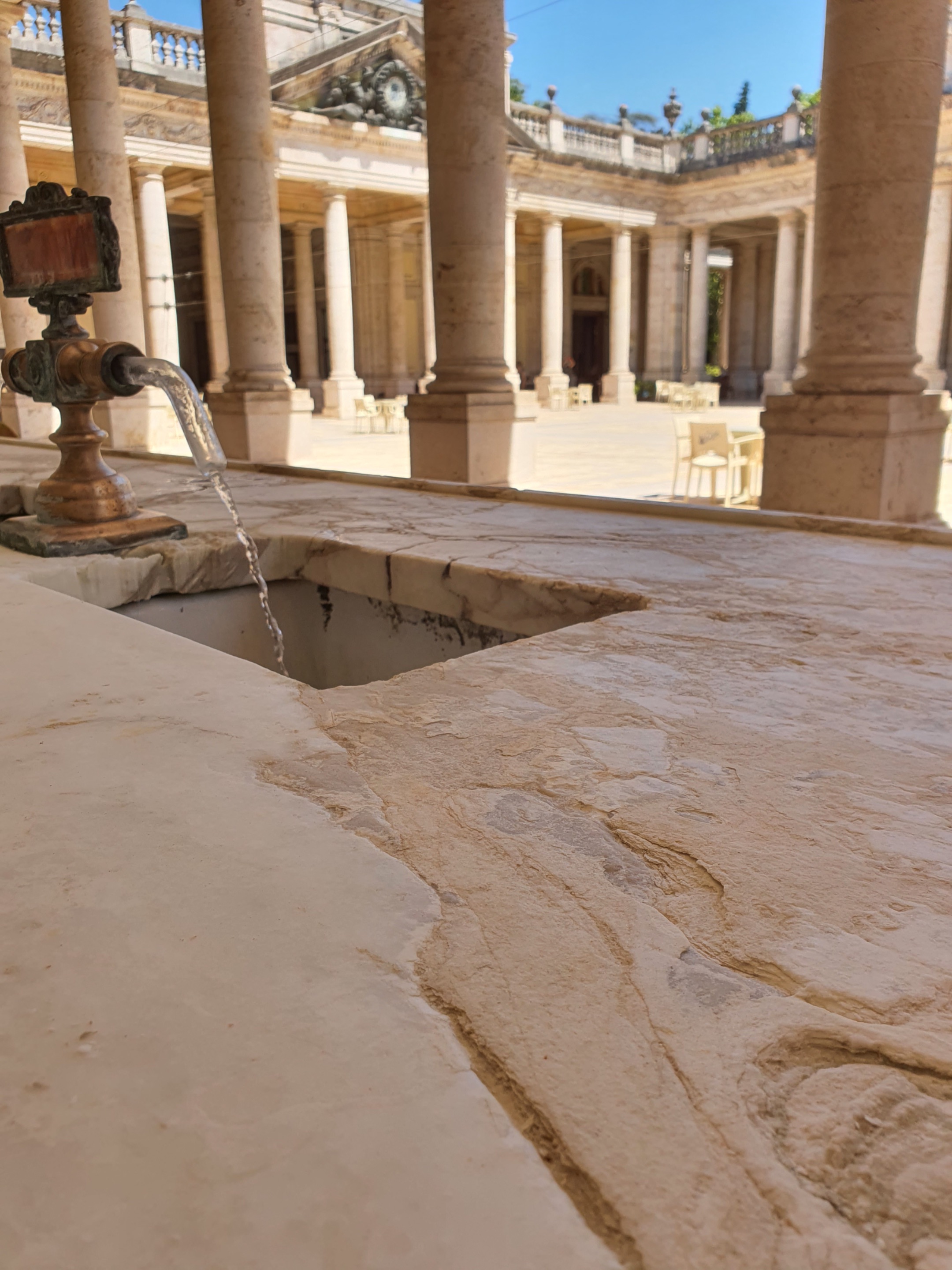
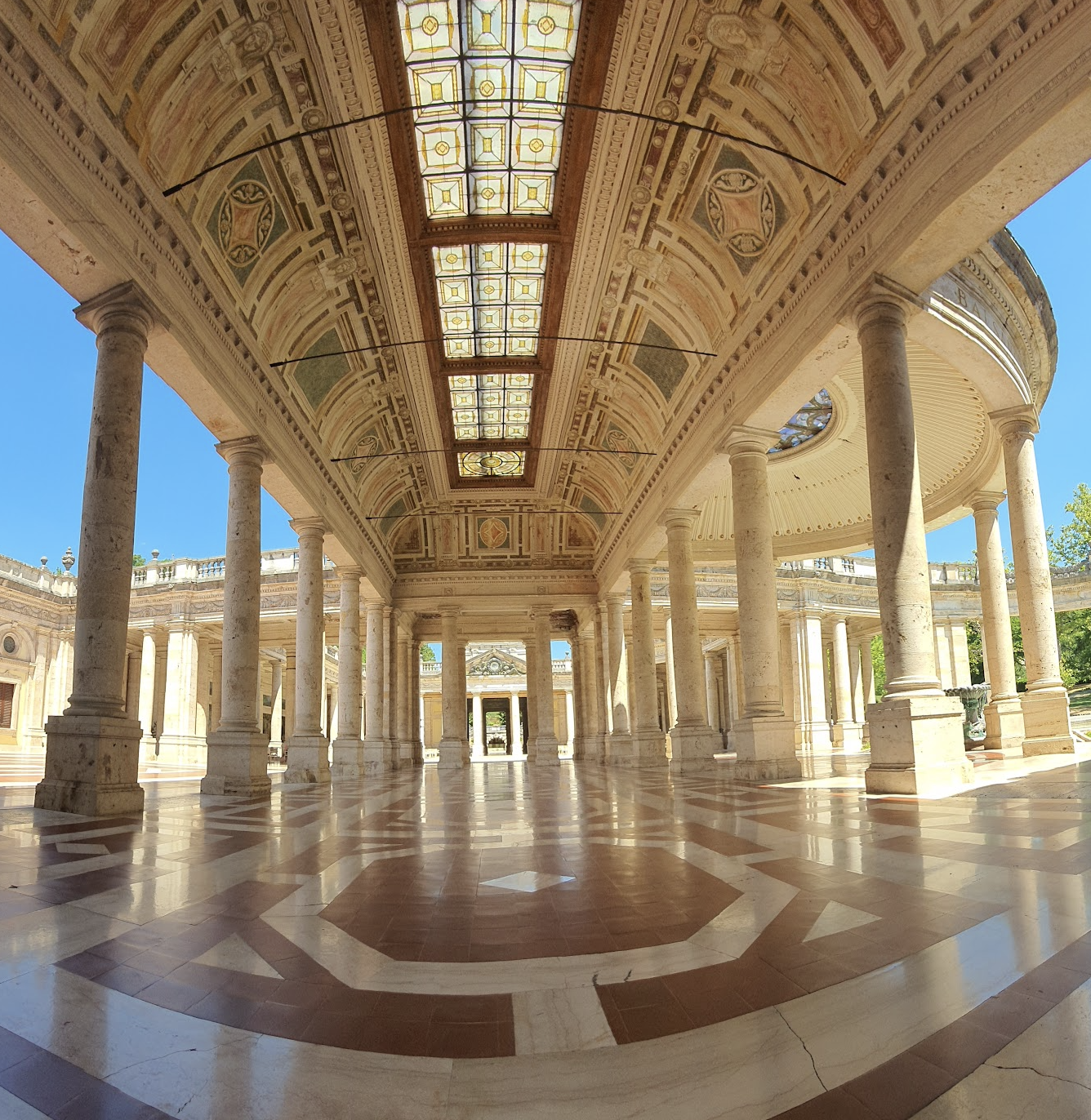
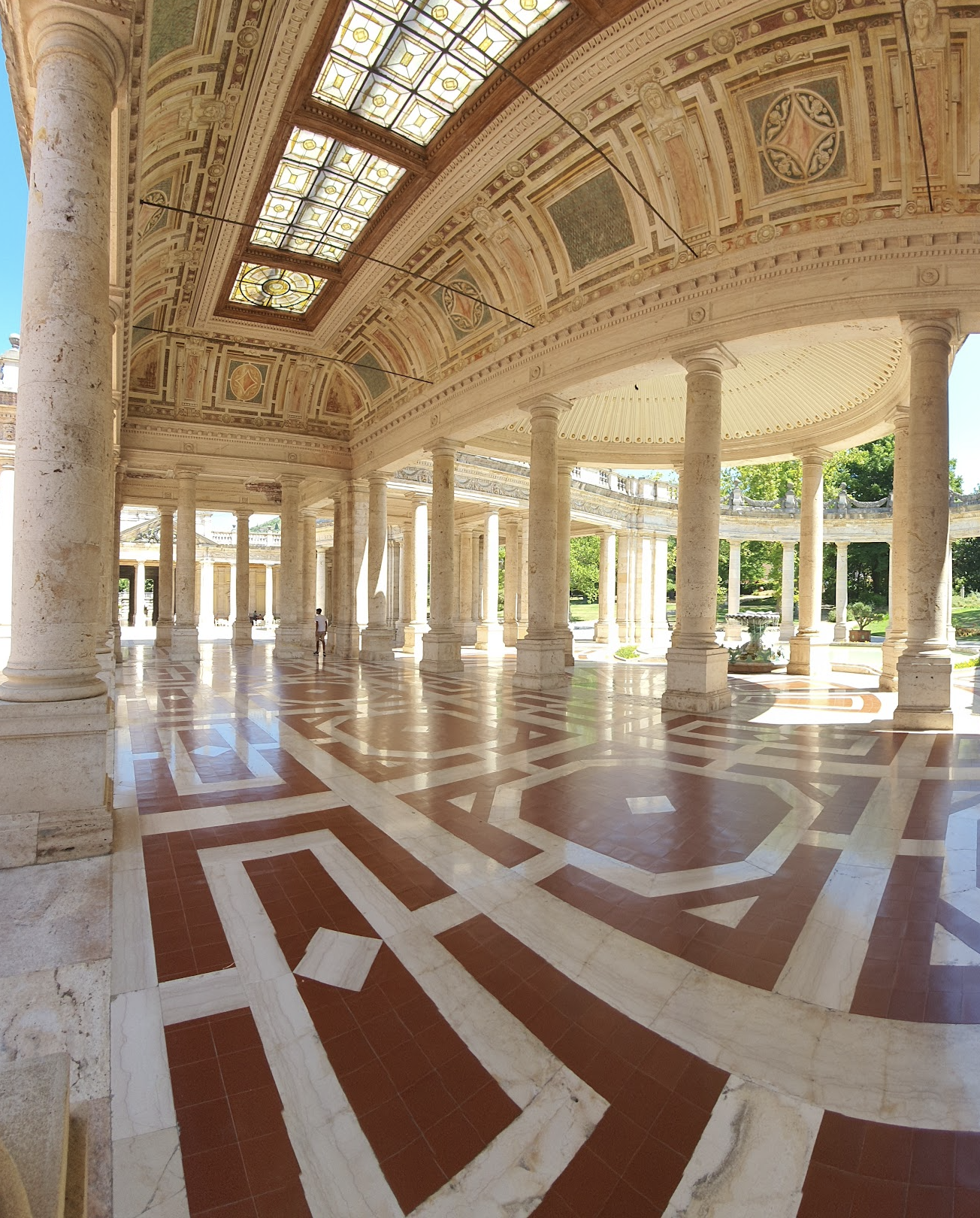





My attention was drawn to the care for details, easily noticeable throughout the entire
building. Just like the wonderful Historic Café, this too was designed in Art Nouveau style.
An interesting anecdote is that this place was frequented by very famous personalities such
as Verdi, Vittorio Emanuele II, and Puccini. Inside the complex is the Historic Café of the
Terme, designed in Art Nouveau style. At first sight, it immediately reminded me of the grand
cafés depicted by the authors of the Belle Époque.
It is truly a place not to be missed, and I highly recommend a visit!
See you soon,
Claere
La mia attenzione è stata attirata dalla cura per i dettagli, facilmente visibile nell'intero edifici.
Così come il meraviglioso Caffè storico, anche questo progettato in stile liberty. Un aneddoto
interessante è che questo luogo fu frequentato da personaggi famosissimi quali Verdi,
Vittorio Emanuele II e Puccini. Dentro al complesso si trova il Caffè Storico delle Terme,
progettato in stile liberty. Subito vedendolo ho pensato ai grandi caffè ritratti dagli autori della
Belle Époque.
E’ davvero un luogo assolutamente da non perdere e consiglio a tutti la visita!
A presto
Claere


